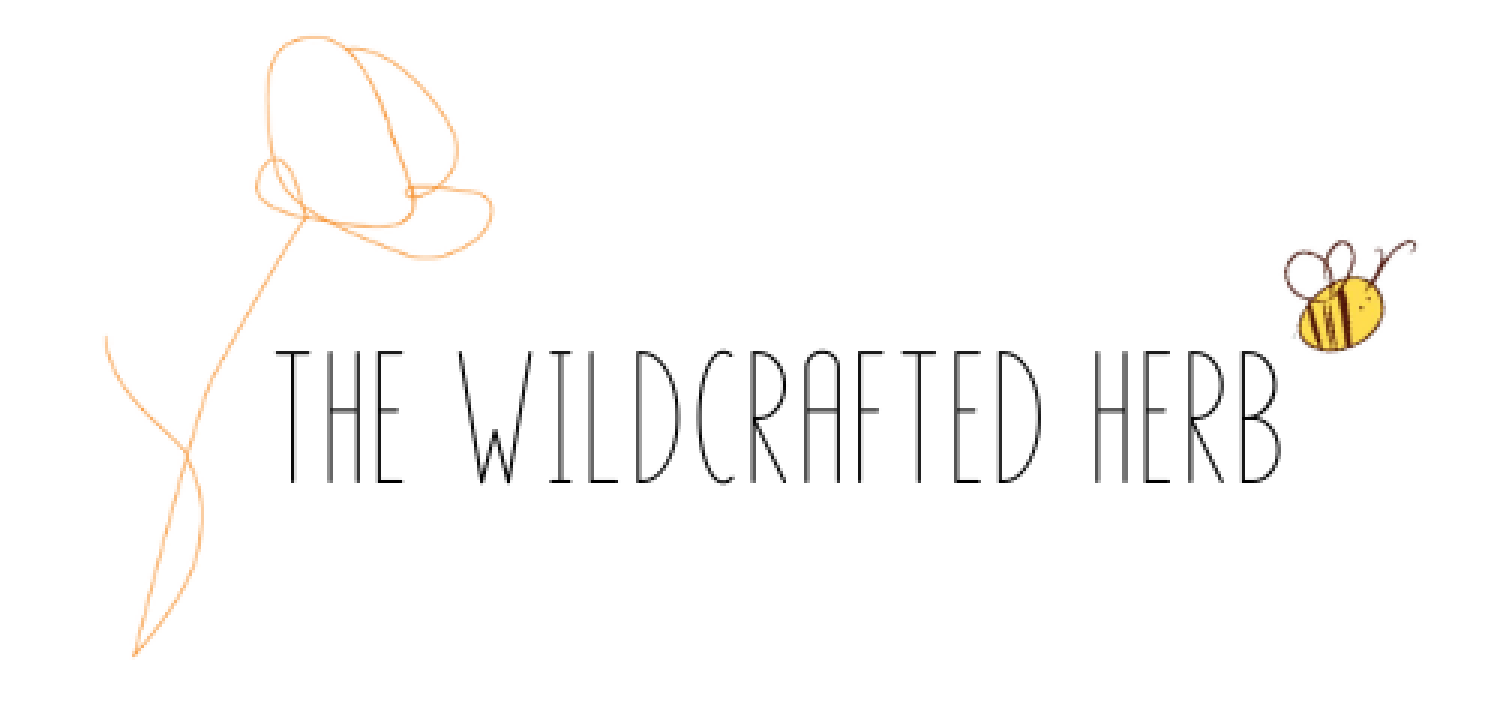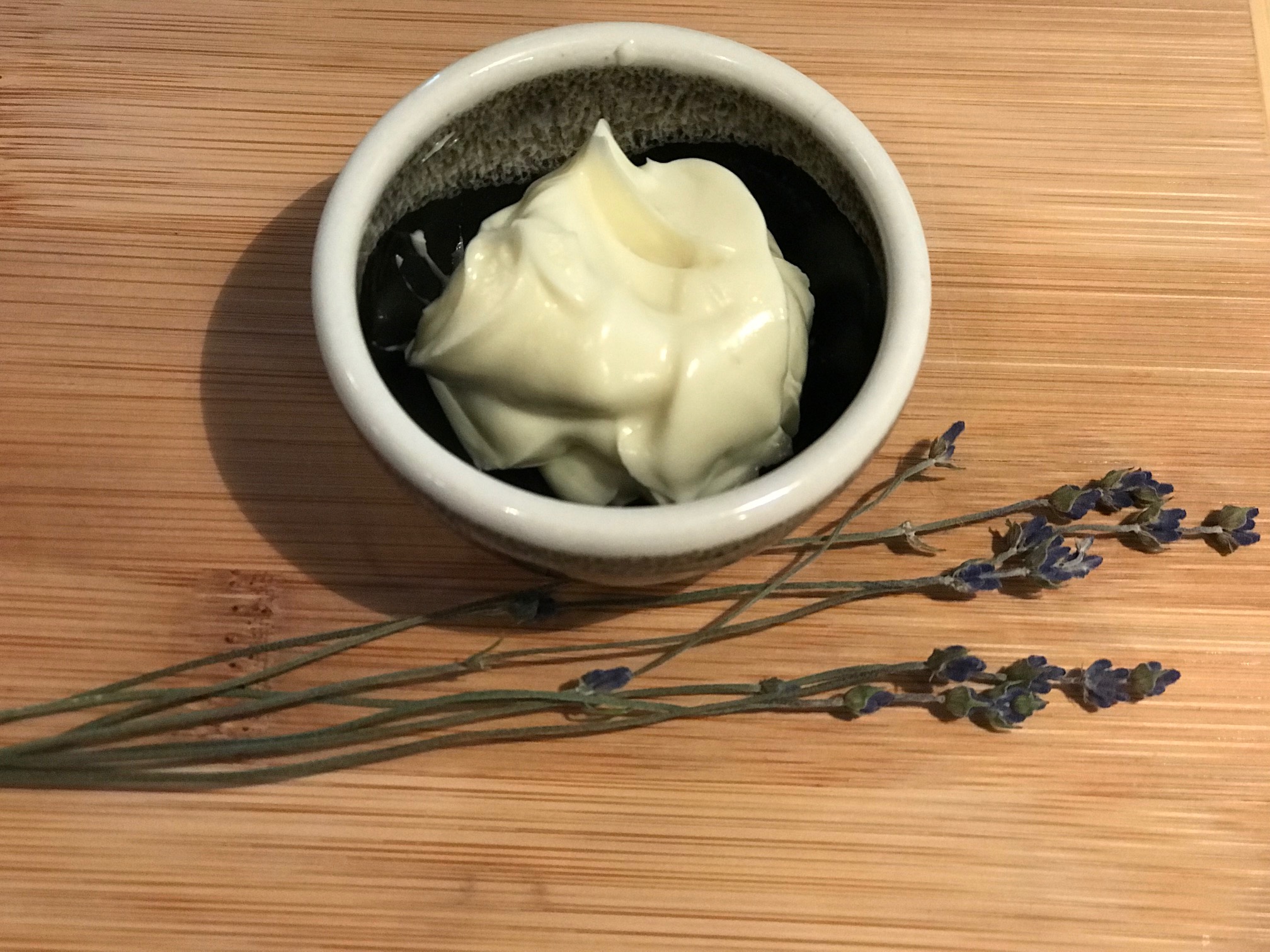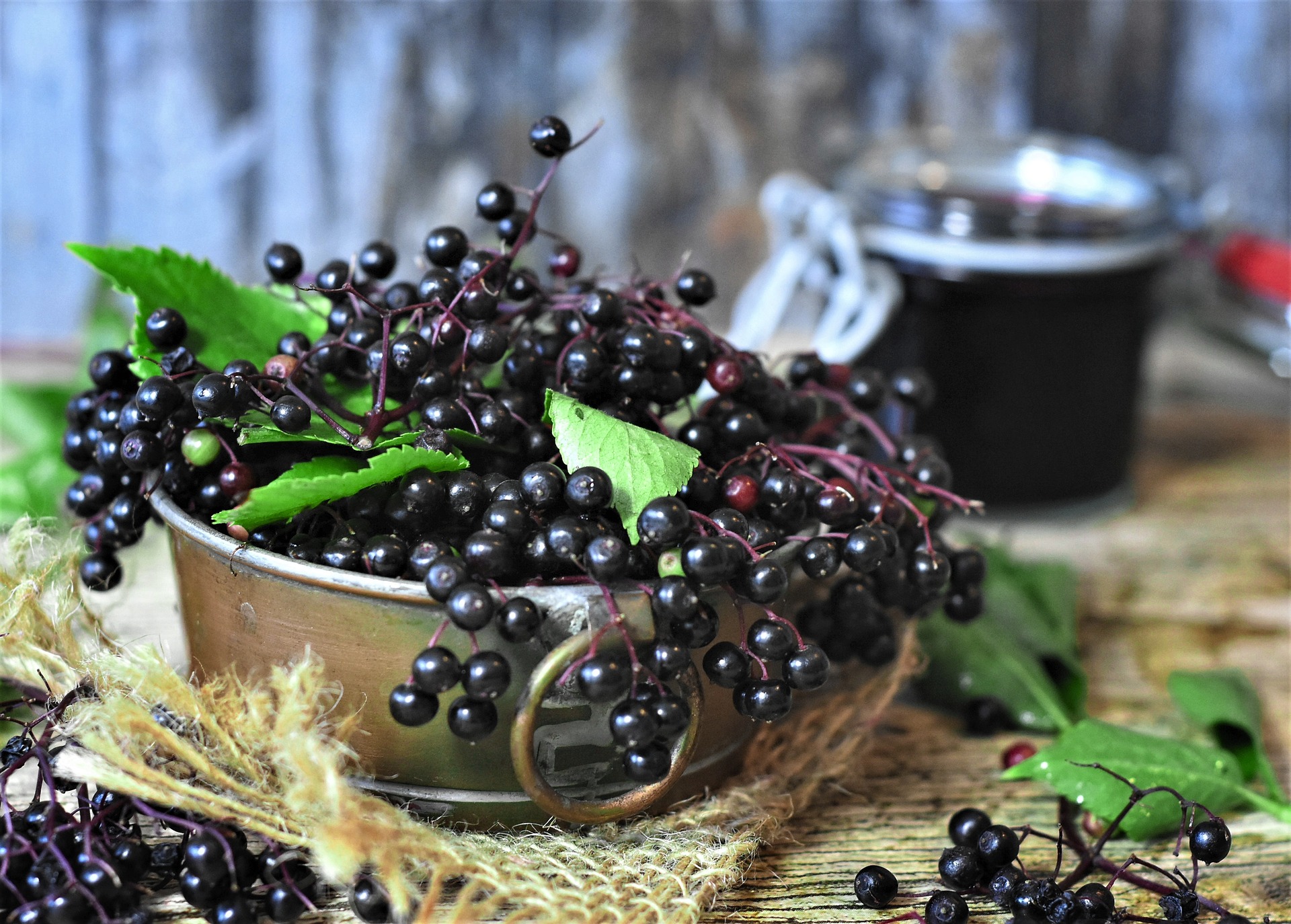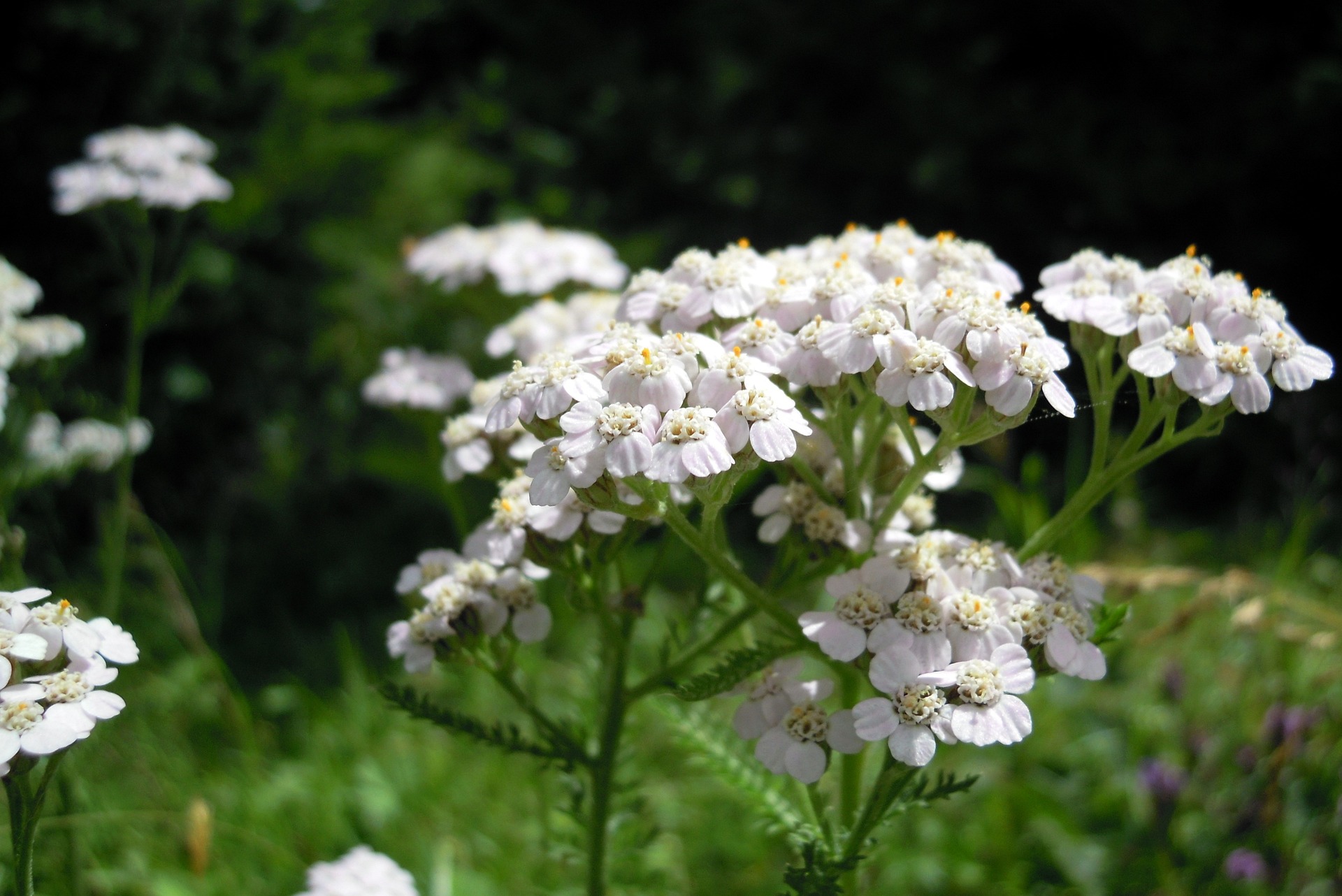About the first of the year I make an appointment with the dermatologist for my annual checkup. Let’s just say that I’ve spent a TON of time in the sun. I’ve never worn sunscreen until I started making my own. And, like many people of my generation, I wore baby oil to tan. I really didn’t “lay out” in the sun, but I played all day in and out of the water under the big golden globe in the sky. I still do.
This year, I had three actinic/solar keratosis removed. In plain English — three pre-skin cancer spots. I received liquid nitrogen cryotherapy, leaving three prominent blisters on my face!
I was sent home with an instruction sheet recommending products for my dry skin. I told the dermatologist that I make my own cream. He challenged me to an experiment, which I jumped all over at first. But after reading the ingredient list I’d rather not!
The recommended products all cost over $10. I will not name any of those here for a number of reasons, but I will share the first five ingredients common to most of them: water, mineral oil, petrolatum, glycerin, and cetearyl alcohol.
Water is a common ingredient in hand creams and lotions. It is what ultimately makes the cream more easily spreadable. It also adds moisture to the skin. I like water, but I love hydrosol.
Mineral oil is used in the cosmetics industry as a moisturizer and emollient. But studies have shown that it actually clogs pores and suffocates the skin. Mineral oil doesn’t add anything to the skin. It contains no nutrients, so why use it?
Petrolatum or petroleum is manufactured from crude oil. It is used as a moisture barrier on the skin to prevent water loss. Petrolatum can be contaminated with PAHs, which is a probable carcinogen. At least one PAH is a known carcinogen (International Agency for Research on Cancer). High levels of PAH-DNA adducts have been linked to cancer development. The European Union requires full refining history to ensure petrolatum is carcinogen-free prior to use in cosmetics. The United States sets no requirements. Visit Campaign for Safe Cosmetics for more information.
Glycerin is produced from vegetable oils, typically palm oil, soy, or coconut oil. It moisturizes and lubricates the skin. I like glycerin. It is excellent for tinctures for animals and kids. it is a humectant — it attracts moisture to the skin. Buy glycerin derived from soy or coconut oil, not palm oil, unless the palm oil is gown sustainably. Acres and acres of rainforest in Southeast Asia are being replaced by palm oil plantations. Southeast Asia is home to more than 80 endemic species, including the endangered orangutan. Unfortunately, on the back of a cosmetic bottle we cannot tell where the glycerin was derived — palm oil, soy, or coconut oil. You need to do your homework first. Mountain Rose Herbs sells organic glycerin derived from soy.
Cetearyl Alcohol is an emollient and emulsifier. It is a combination of cetyl and stearyl fatty acids from vegetable or synthetic sources. Simply, I like what the bees make best — beeswax.
There’s a Better Way
For the past year I’ve used a recipe from Rosemary Gladstar with a few modifications. The first five ingredients: lavender hydrosol, calendula infused sunflower oil, shea butter, coconut oil, and aloe vera. The only other ingredient I use is beeswax as an emulsifier. I know the history of each of the ingredients used. I hand-picked and infused the calendula from an organic garden. The lavender hydrosol is from Rivendell Aromatics. It is the only fragrance in my cream and it is amazing.
While further down the ingredient lists of the other products I found some fun stuff, like shea and cocoa butter, mostly it was a long list of unpronounceable ingredients, each list ending with fragrance.
I don’t believe we need more than 5 or 6 ingredients in a hand cream. I’m a serial minimalist, but really, fragrance? What does that even mean? Not to mention the handful of other ingredients which all add up to preservatives. Remember high school biology and dissecting something for the first time — a well preserved frog? Do you want your skin to look like that?
Here’s the recipe I made last night to whip up a single batch of cream. It is best used within a few months or store in the refrigerator to last a bit longer.
[amd-zlrecipe-recipe:4]
A Bit of This, A Bit of That
While these measurements are precise, in actuality, I do not measure that way. Last night I ran out of calendula oil, so I used a little bit of rose, St. John’s wort, and avocado oils. The avocado oil is richer than sunflower oil (what I use to infuse calendula), so this batch has a richer oil base. My skin feels amazing and I may begin to add avocado oil to each batch.
Keep in mind when using this cream that some oils can stain clothing, such as avocado oil. Allow sufficient time for the cream to soak into your skin before dressing.
Most importantly, have fun. Add essential oils. Mix and match herbal oils and butters. Experiment. And let me know what works!
Happy Blending!



